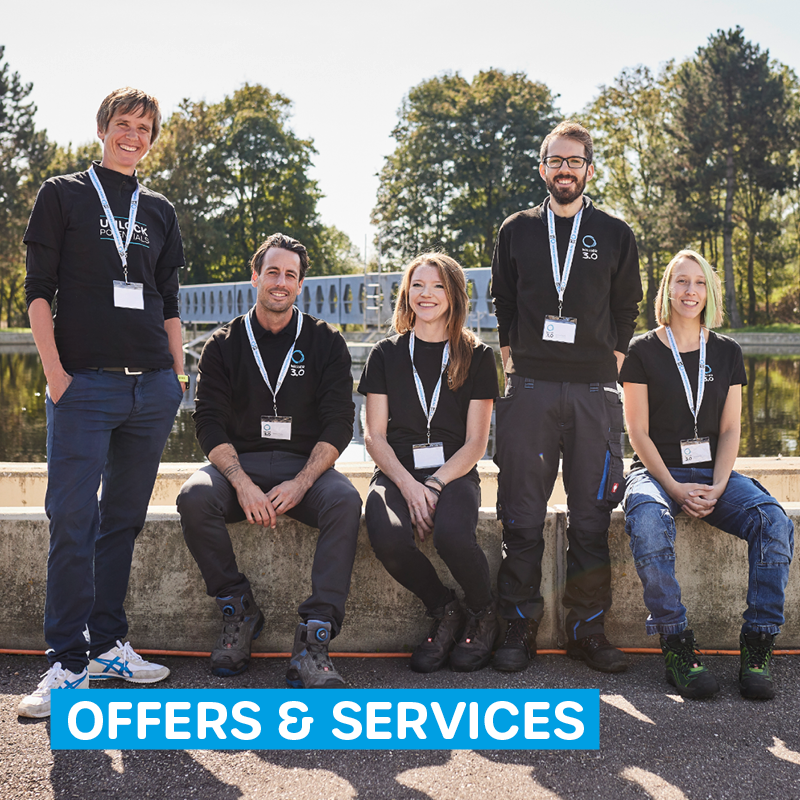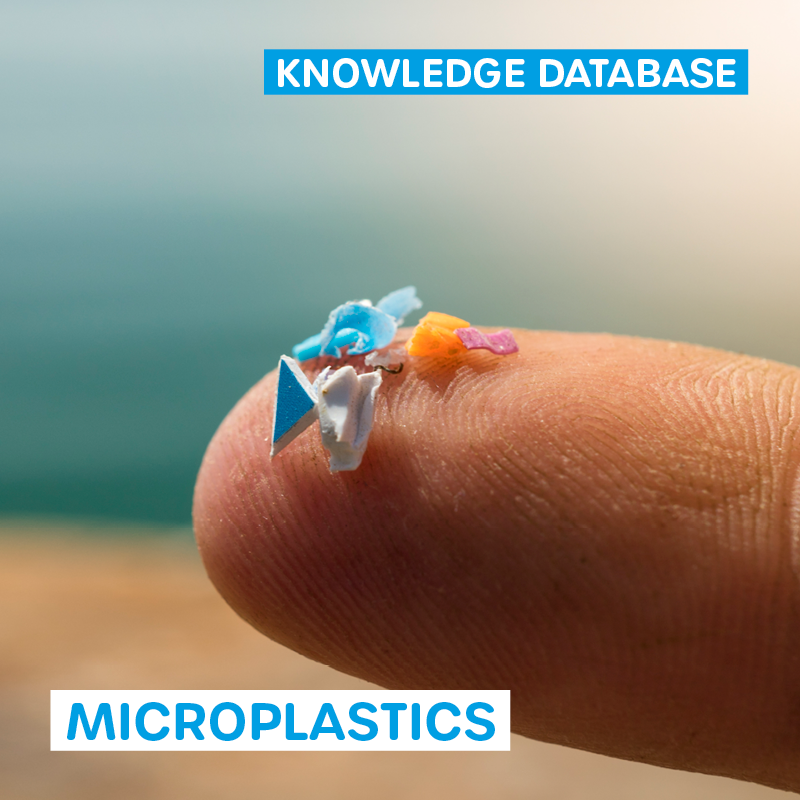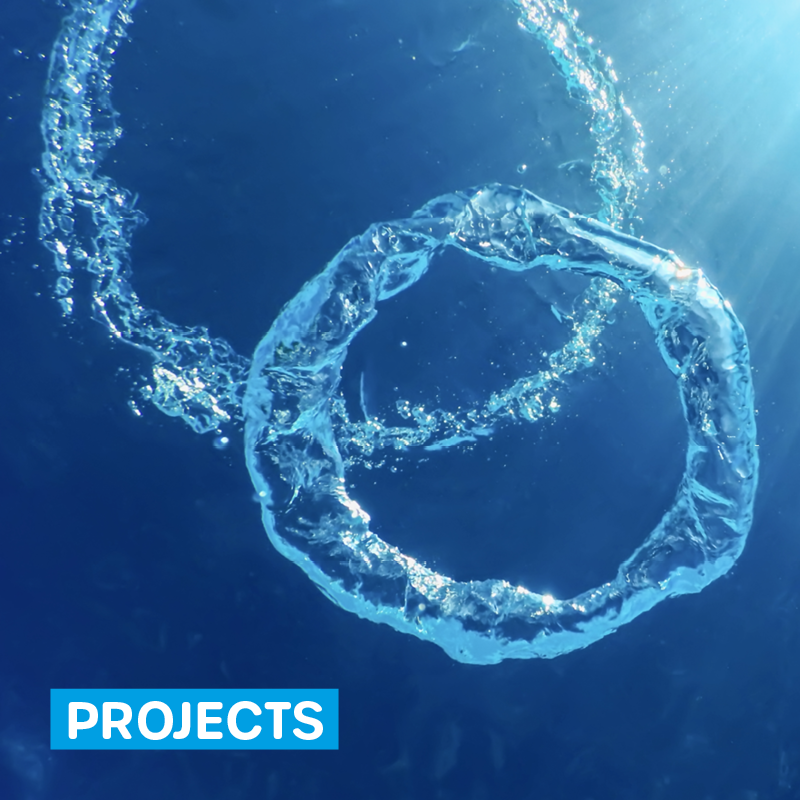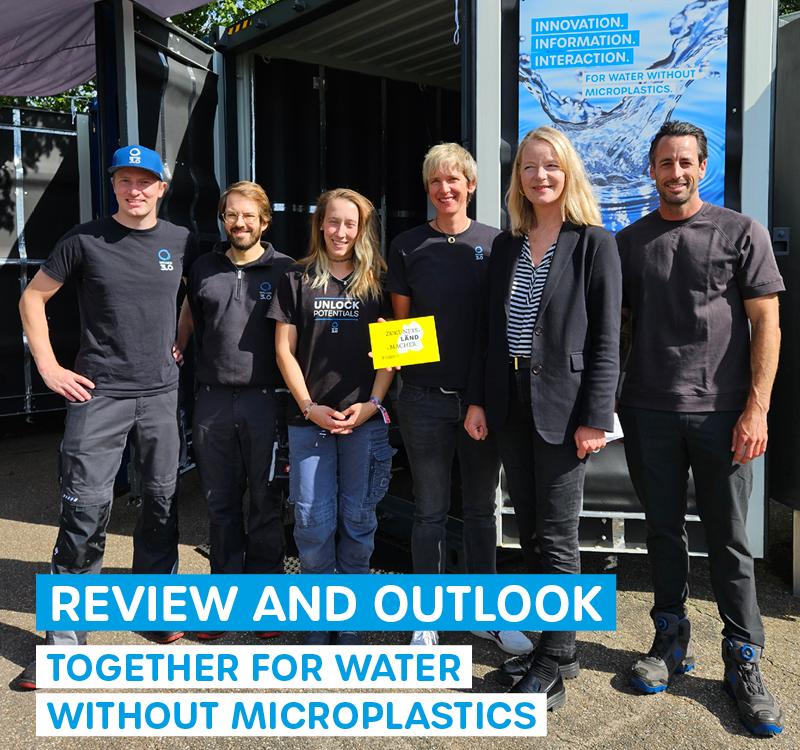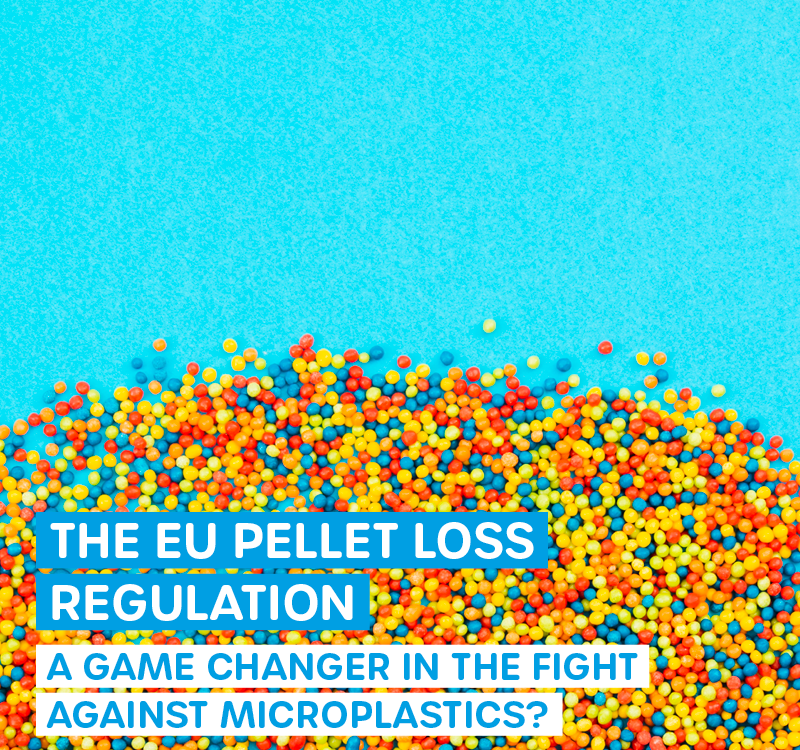
Microplastics reuse & circular economy
Closing Loops for a Sustainable Future
A Circular Economy is the key to a sustainable future. With Wasser 3.0 reuse, we end linear practices and transform waste into valuable resources. Our innovative solutions enable the recycling of microplastics and treated waters – for a closed loop that benefits both the environment and the economy.
Circular Economy: From Linear to Circular Economy
Our vision is clear: Waste is not an end product, but a valuable resource. The microplastic agglomerates from our removal processes are not incinerated – instead, we develop innovative reuse and recycling concepts that make them the basis for new products. Circular Economy solutions go hand-in-hand with resource conservation and environmental protection.
#detectremovereuse: Our Holistic Strategy
With our comprehensive approach #detectremovereuse (detect – remove – reuse), we integrate reuse processes into a sustainable process design. This enables:
- Reduction of fossil resource use
- Reduction of the Carbon Footprint
- Unification of the requirements of Zero Waste and Circular Economy
- Savings in energy, CO2, water, waste, as well as operating and maintenance costs
Individual Reuse Concepts for Maximum Efficiency
We think about the end from the very beginning. Already in our feasibility studies, we determine precisely tailored reprocessing concepts for our microplastic removal products.
The waste products from Wasser 3.0 PE-X® become the basis for new products – for us, thermal incineration is the last option, if at all.
Tailored Solutions for Every Application
For every application of our removal technology, we develop an individual reuse concept that is perfectly tailored to your needs, depending on the pollutant composition and water properties:
- Treated waters can be reused as process water.
- Alternatively, they can be discharged as microplastic- and micropollutant-free wastewater.
- Removed agglomerates are fed back into new value chains.
Wastewater Treatment and Reuse as Part of the Value Chain
We view wastewater treatment not as a cost factor, but as an integral part of the value chain. Our modular and adaptive solutions enable you to achieve:
- Measurable contributions to achieving the UN Sustainable Development Goals.
- Proactive adoption of future requirements and regulations.
- Solution-focused action based on current and future legislation.
- Measurable impact through transparent and sustainable processes.
Innovative Technology for the Circular Economy of the Future
With our filter-free Wasser 3.0 PE-X® technology, we set new standards in the Circular Economy. Through the multidimensional approach of microplastic-free production, we not only create clean water but also new value streams from supposed waste.
Your Advantages at a Glance
✓ Full integration of microplastic analytics for transparent processes
✓ Adaptive solutions with modular design
✓ Low-energy and low-maintenance technology
✓ Recycling of removed agglomerates instead of thermal incineration
✓ Contribution to Zero Waste and Circular Economy goals
Circular Economy for Wastewater Treatment Plants and Industry
Our recycling concepts are versatile and tailored to various sectors:
→ Solutions for Municipal Wastewater Treatment Plants – All-round carefree package for microplastic detection and sustainable wastewater treatment.
→ Industrial Water Treatment – Modular complete solution for a sustainable Sustainability Upgrade.
Close the Loop: Together for Water Without Microplastics
Become part of the Circular Economy and shape the future of sustainable water treatment with us. Contact us for an individual consultation and tailored solutions for your company or wastewater treatment plant.

